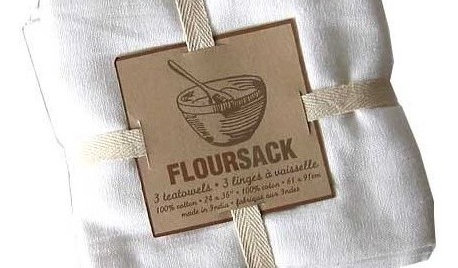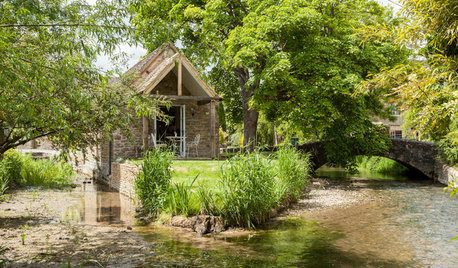Plastics and dishwashers
zobeet
15 years ago
Related Stories

KITCHEN COUNTERTOPSKitchen Counters: Plastic Laminate Offers Options Aplenty
Whatever color or pattern your heart desires, this popular countertop material probably comes in it
Full Story
HOUSEKEEPINGTackle Big Messes Better With a Sparkling-Clean Dishwasher
You might think it’s self-cleaning, but your dishwasher needs regular upkeep to keep it working hard for you
Full Story
KITCHEN DESIGNHow to Keep your Dishwasher in Tip-Top Shape
As your dishwasher goes into overdrive, here are a few tricks for getting your plates, glasses and silverware sparkling clean
Full Story
HOUSEKEEPINGDishwasher vs. Hand-Washing Debate Finally Solved — Sort Of
Readers in 8 countries weigh in on whether an appliance saves time, water and sanity or if washing by hand is the only saving grace
Full Story
PRODUCT PICKSGuest Picks: Earth-Friendlier Finds for the Home
Reduce paper and plastic use the simple, stylish way with ecoconscious kitchen, laundry and bathroom items
Full Story
KITCHEN CABINETSGet the Look of Wood Cabinets for Less
No need to snub plastic laminate as wood’s inferior cousin. Today’s options are stylish and durable — not to mention money saving
Full Story
KITCHEN DESIGNHouzz Call: Tell Us About Your First Kitchen
Great or godforsaken? Ragtag or refined? We want to hear about your younger self’s cooking space
Full Story
KITCHEN COUNTERTOPSKitchen Countertop Materials: 5 More Great Alternatives to Granite
Get a delightfully different look for your kitchen counters with lesser-known materials for a wide range of budgets
Full Story
LIFEGet the Family to Pitch In: A Mom’s Advice on Chores
Foster teamwork and a sense of ownership about housekeeping to lighten your load and even boost togetherness
Full Story
HOUZZ TOURSMy Houzz: An 18th-Century Cottage on a Tiny English Island
Once a place for a miller to store his cart, this tiny building is now a cozy home, redesigned using reclaimed materials
Full Story

nwesterner
gizmonike
Related Professionals
Ballenger Creek Kitchen & Bathroom Designers · Woodlawn Kitchen & Bathroom Designers · Terryville Kitchen & Bathroom Designers · Normal Kitchen & Bathroom Remodelers · Chandler Kitchen & Bathroom Remodelers · Clovis Kitchen & Bathroom Remodelers · Fort Pierce Kitchen & Bathroom Remodelers · Honolulu Kitchen & Bathroom Remodelers · Kettering Kitchen & Bathroom Remodelers · Oklahoma City Kitchen & Bathroom Remodelers · Paducah Kitchen & Bathroom Remodelers · Sicklerville Kitchen & Bathroom Remodelers · Lockport Cabinets & Cabinetry · Prior Lake Cabinets & Cabinetry · Saugus Cabinets & Cabinetryfahrenheit_451
berryberry
oskiebabu
hest88
sara_the_brit_z6_ct
dadoes
eal51
aprince
bluekitobsessed
jerrod6
Jim Peschke
weedmeister
newtojo
kraftdee
dadoes